Gonstead Chiropractic
What is the Gonstead technique?
Grounded in philosophy, science, and art, the Gonstead Technique embodies what is often referred to as the Chiropractic Triune, reflecting a comprehensive approach developed by Dr. Clarence Gonstead. This is a practice we embody here as your Campbell chiropractor.
Focus on Root Cause: Gonstead prioritizes pinpointing the underlying cause of a problem rather than treating symptoms directly, leading to more efficient results.
Bio-mechanical Expertise: Gonstead incorporates a deep understanding of joint biomechanics into chiropractic care and how those foundational principles play in the body's nervous system regulation.
Holistic Healing Philosophy: While chiropractic doesn't cure diseases, Gonstead removes interferences, allowing the body to function optimally and facilitate its inherent healing ability.
Self-Regulation: Gonstead aligns with the philosophy that the body's innate power to heal itself can be unleashed by eliminating interferences such as trauma, mental health issues, and poor nutrition.
What is the Gonstead methodology?
-
Case History
If your car breaks down, you explain the problems you are having with your car to your car mechanic. The mechanic also asks you what type of fuel you are putting in your car. Likewise, your doctor wants to know what kind of problems or discomfort you have been experiencing and how you are fueling your body. Automobile accidents, falls, and other traumas or injuries are important information in evaluating your spine and overall health.
-

Visualization
Visualization is a way to cross reference all the other findings. Your chiropractor is an expert in looking for subtle changes in your posture and movement which could indicate any problems.
-
Instrumentation
Your chiropractor may use an instrument (a Nervo-scope, Temposcope, or NCM). These instruments, like a thermometer, measure heat. Abnormal heat distribution is a sign to the doctor that there may be nerve dysfunction and joint swelling in the spine. This is another evaluation tool to look for possible subluxations. The instrument glides down the length of your back and feels like two fingers gliding down either side of your spinal column.
-

Static Palpation
Your spine, when subluxated, will send warning signals to your body. Muscles may become tight or tender. Tissues can be damaged from subluxation(s). To detect these warning signals, chiropractors use static palpation. This simply means that your chiropractor will run his or her fingers over (or palpates) your spine in a static (or stationary) position. Your chiropractor is looking for edema, swelling, or tender or tight muscle fibers.
-

Motion Palpation
Like static palpation, your chiropractor palpates the spine while bending your spine at different angles. The chiropractor determines range of motion, or, how easily or difficult each segment of your spine moves. For example. there may be problems if you can bend further to the left than to the right. Lack of motion is one of the factors in the vertebral subluxation complex.
-

X-ray Analysis
To further understand the condition of your spine, it is also important to view the structure of your spine through the use of an x-ray examination. Your doctor looks for signs of pathology (disease) and fracture, evaluates posture, the joins of the spine, and the condition of the discs, as well as other conditions of the spine. Your doctor can also use x-rays to visualize what position the vertebrae are in so that he or she can adjust the spine as gently, specifically, and effectively as possible.
Here’s how we helped
Alleviating Koo’s back pain after sugery
Koo was referred in because of his lower back pain. He had a lumbar fusion operation on L4 and L5 with an artificial disc in-between back in 2017. However, his lower back pain never went away and now the joints above and below start to deteriorate even faster due to faulty biomechanics motions.
Dr. Gonstead




